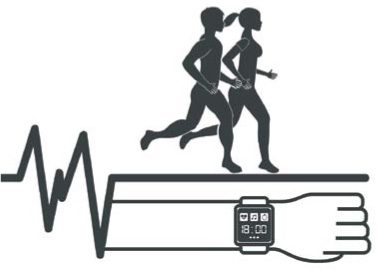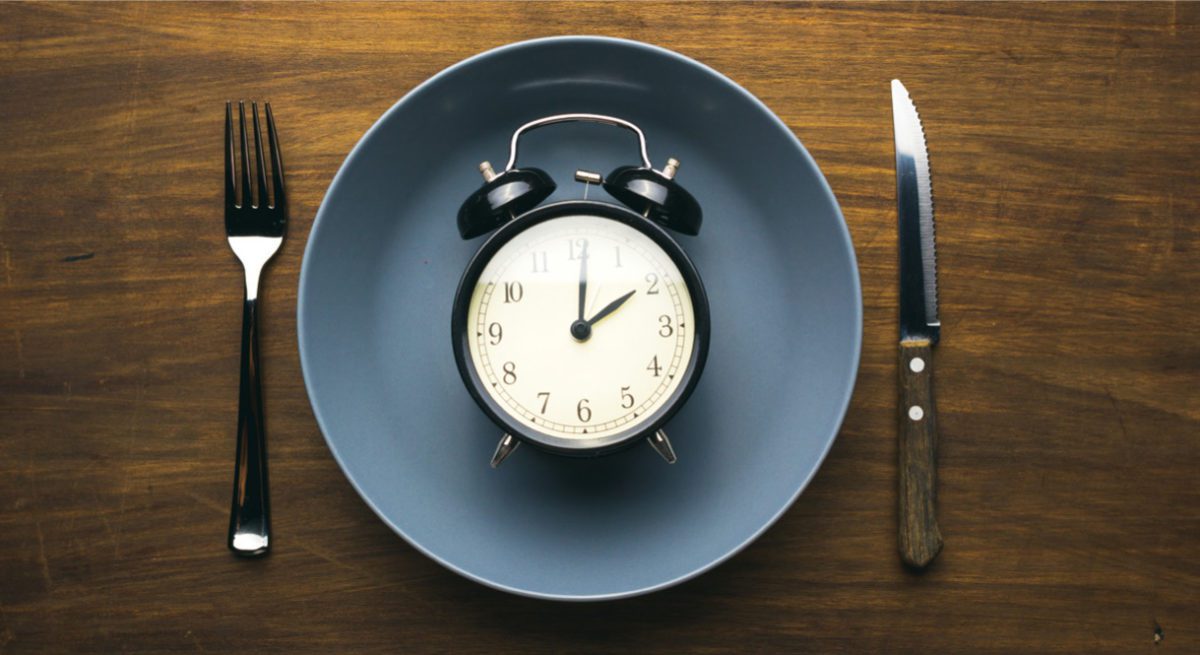Alex Hutchinson Rounds up the Latest in Endurance Research
The other calorie question: When?
For runners who are trying to manage their weight, getting enough calories to fuel your training is just as important as avoiding excess calories. But there’s also a more subtle point: When do you eat? A pair of recent studies from Scandinavian researchers explore the concept of “within-day energy deficiency.” Even if you’re getting enough total calories each day, there may be periods within the day when your body is short on fuel – and that can have serious consequences.
The most recent study, published in the International Journal of Sports Nutrition and Exercise Metablism, collected hour-by-hour data on calorie intake and expenditure from 31 endurance athletes for four days. Many of them ate relatively small breakfasts and lunches, which meant they were running a caloric deficit for most of the morning and early afternoon, especially if they trained early in the day. They then ate large dinners that brought them back into caloric balance – but that wasn’t enough to erase the negative consequences of spending the day in caloric deficit.
The athletes who spent the most hours each day with a significant caloric deficit (more than 300 calories in women and 400 calories in men) were more likely to have a suppressed metabolic rate. Also, the athletes who had the biggest single-hour caloric deficit were more likely to have hormonal disturbances like higher cortisol, lower testosterone (in men), and lower estradiol (in women), which can hinder recovery from workouts and lead to problems like menstrual dysfunction.
The solution isn’t necessarily to eat more; it’s to shift when you eat. A typical meal pattern observed by the researchers involved 600 calories for breakfast, 800 for lunch and then 1,600 for dinner. Simply shifting 500 or so calories from dinner to breakfast would have mostly eliminated any periods of caloric deficit throughout the day, while still leaving dinner as the biggest meal of the day.

Estimating your heart rate
If you use a heart-rate monitor to guide your training, you need to know what your maximum heart rate is. The longstanding conventional wisdom, proposed in the 1970s, was that subtracting your age from 220 would give a reasonable estimate of your max – so a 45-year-old, for example, would have an estimate max of 175. In 2001, researchers at the University of Colorado proposed a revised formula, in which you multiply your age by 0.7 and then subtract the resulting number from 220.
The problem with both these formulas, from a runner’s perspective, is that they were developed based on measurements of sedentary people. But there’s some evidence that regular training can lower your maximum heart rate, thanks either to changes in heart function or in other properties like the total volume of blood in your body. So do the formulas still work for runners? That’s what researchers in Greece decided to test, with a sample of 180 male and female recreational marathoners ranging in age from their 20s to their 70s.
The results, which were published in the journal Frontiers in Physiology, compared the maximal heart rate measured in a treadmill test to exhaustion to predictions of the formula – and the verdict was a mess. In women, both formulas overestimated the measured max by about five beats per minute on average (roughly 180 to 175), consistent with the idea that training lowers maximum heart rate. But in men, the formulas slightly underestimated the measured max, with the revised formula providing the most accurate estimate.
The most important takeaway, though, was the wide variation in individual heart rates. There were 40-year-olds in the study with a maximum in the low 160s, and other 40-year-olds with a maximum above 200 beats per minute. No formula that relies on age will ever be able to give a reliable individual estimate, because humans vary too much. So the best way to pin down your max is the wear a heart rate monitor in your next 5k race. Start relatively slowly, to ensure that you don’t fatigue prematurely, pick it up to normal race pace in the middle kilometres, then gun the last kilometre as hard as you can. The number on your watch when you cross the line is the one you should trust.
Low-carb vs. low-fat, yet again
Chalk up another point for Michael Pollan. A major new study from researchers at Stanford University, published in the Journal of the American Medical Association, followed more than 600 overweight adults for more than a year, with half following a low-carbohydrate diet and the other half following a low-fat diet. Both groups lost between five and six kilograms of weight on average, a statistical tie despite dramatically different food choices.
The catch? Both groups were given similar advice about how to follow their respective diets, including cooking at home whenever possible, eating mindfully, getting lots of vegetables, and avoiding sugar and trans fats. The result sounds strikingly similar to what author Michael Pollan famously suggested over a decade ago: “Eat food, not too much, mostly plants.” Of course, we might add a footnote to Pollan’s advice: And keep running. Numerous studies, including the multi-decade National Runners’ Health Study that followed more than 100,000 people, have found that the more you run, the less likely you are to gain weight as you age, a result that holds true even in identical twins who run different amounts.
Marathon pacing patterns
What’s the best way to run a marathon PB? According to an analysis of the last 50 years of men’s marathon world records by Spanish researchers in the European Journal of Sport Science, the pacing strategy of choice has shifted. Until the 1980s, world records tended to be set with a faster first half, followed by a painful gradual slowdown in the second half. (Sounds familiar to me!) But in records since Belayneh Dinsamo’s 2:06:50 in 1988, the pattern has reversed, with a slower first half then a gradual acceleration to the finish. That sounds like a smart plan for everyone, but it’s easier said than done, of course.
Alex Hutchinson’s new book, Endure, is available now.

